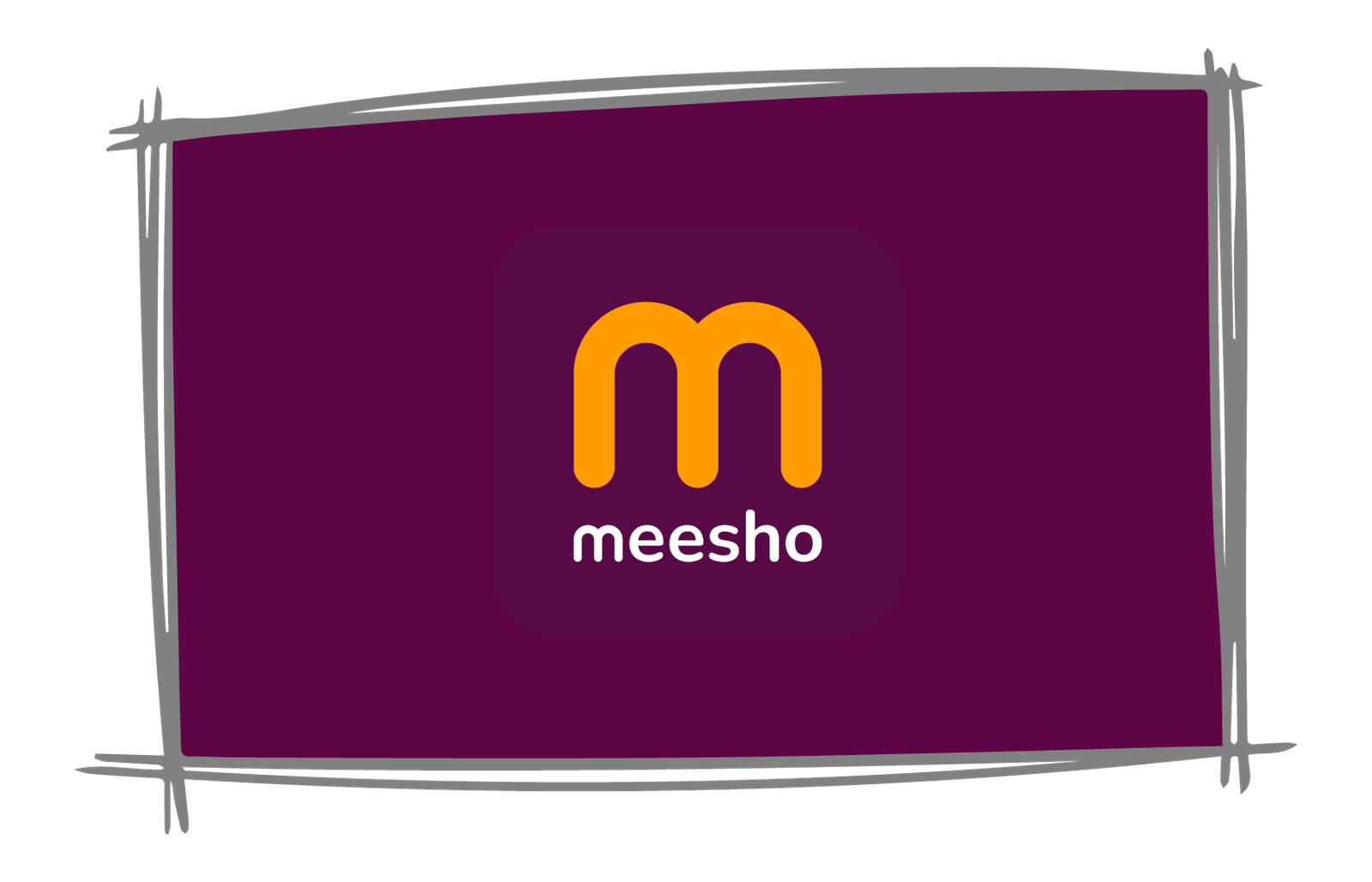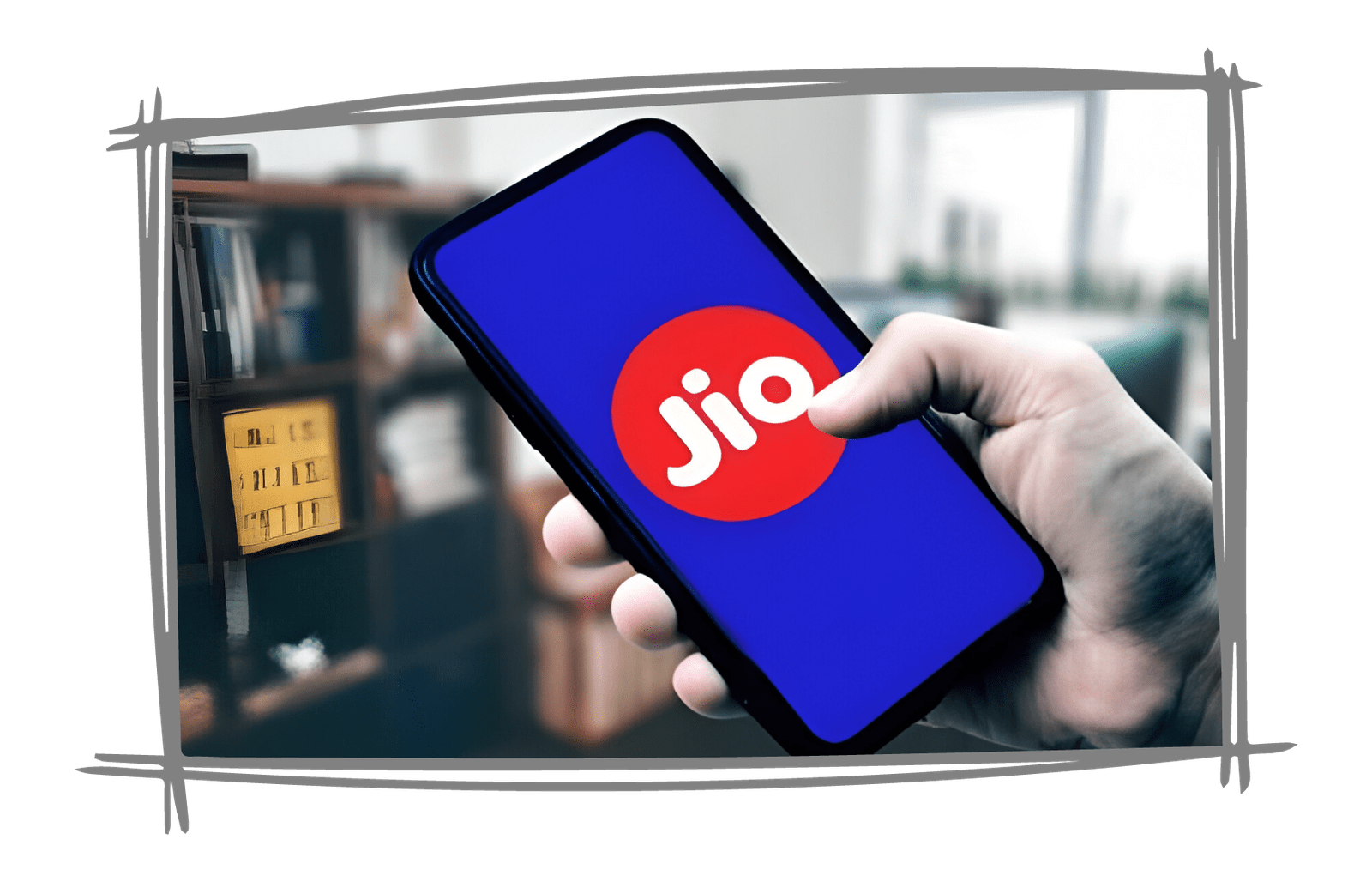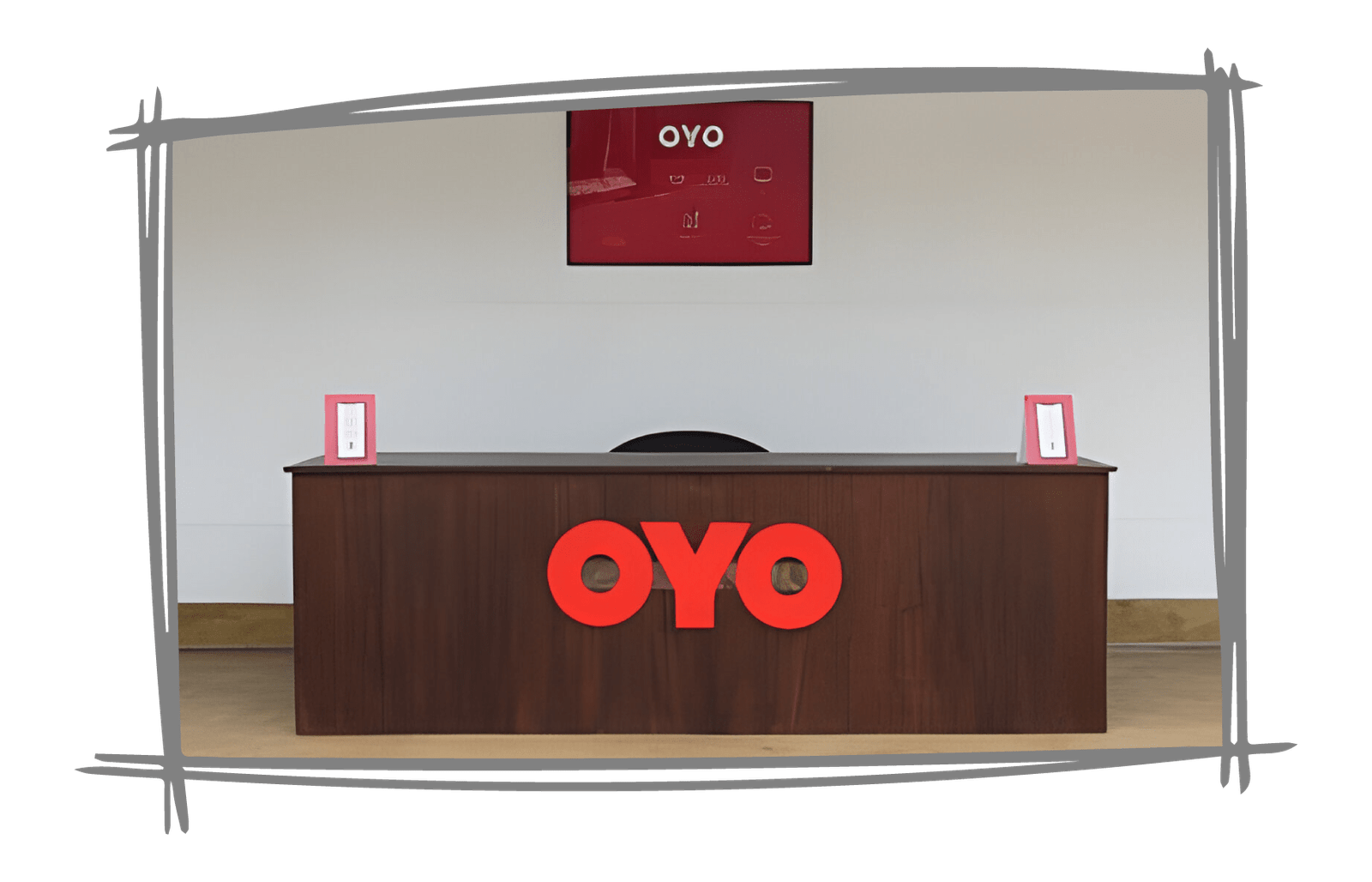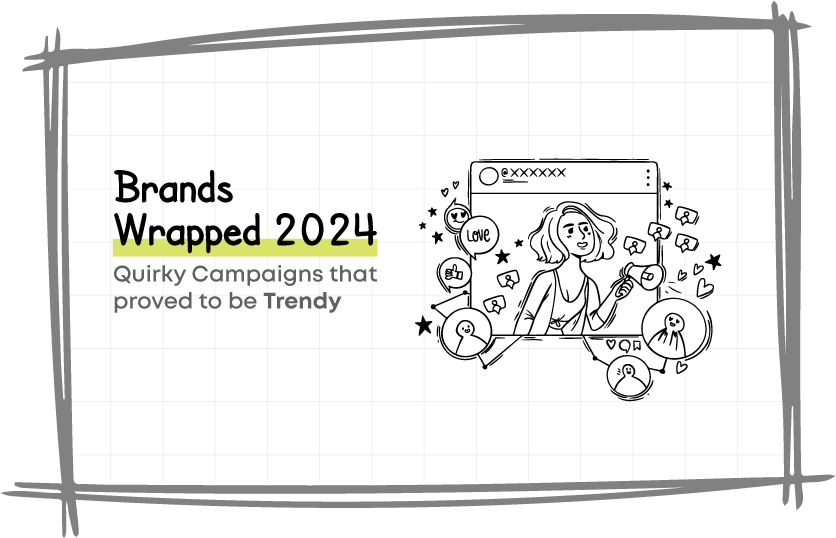Table of Content
- What is Brand Identity?
- Key Elements of Brand Identity
- Why Do You Need a Brand Identity?
- How Brand Identity is Different from Brand Image?
- How to Create a Brand Identity for Your Business?
- Success Stories of Strong Brand Identities
- Conclusion
Imagine your brand as a cozy coffee shop - a space people prefer to visit, ditching all other cafes in the town.
This blog is not just about handing you a mug of coffee at the cafe; it's all about helping you create a cafe as a brand that brews up connection and warmth. Crafting a brand that becomes a go-to spot for a comforting and memorable experience requires more than perfect recipes. So, here we'll dig into the nitty gritty of building a killer brand identity and spill the secret sauce that makes your brand talk of the town!
What is Brand Identity?
Brand identity is all the elements a business creates to portray a wholesome picture to its consumers. Whether it is a logo, imagery, typography, a set of colors, or any other factor that makes your brand instantly recognizable to your customers. These tangible elements significantly contribute to brand recognition and highly influence brand perception. Brand identity is a unique fingerprint of your business. It's the personality, the vibe, and the distinctive essence that set your brand apart from your competitors.
Create a brand identity with these key elements that will positively influence how your audience perceives your brand.
Key Elements of Brand Identity
Logo and Visual Design
Remember the iconic girl holding a butter churn? The entire picture shouts only one brand, Amul. Similarly, the logo is the face of the brand; it's a doorway that directly connects the audience to your brand, flashing its first impression on them. It is significant to create a logo and visual design in a way that gives your brand a unique voice visually, ensuring that whenever the audience sees your brand logo they can instantly connect with your values and story.
Brand Voice and Messaging
Brand voice is the personality, style, and consistent tone that a brand uses as components to communicate and convey its identity to consumers. It's how a brand establishes its distinctive voice and conveys it through advertising, social media, and across various platforms to create a cohesive identity that resonates with the target audience.
Brand messaging is about conveying a brand's value through written and verbal communication elements. It includes creating taglines, slogans, and narratives to put your brand in the spotlight.
Brand: Swiggy

Image Credit: Swiggy
Brand voice: conversational, dynamic, and witty.
Brand messaging: What's in our tummy today?
We all might be receiving quirky and creative push notifications daily from the Swiggy app. It clearly states that the brand's voice is humorous, connecting with the mood and vibe of the younger audience. It intriguingly emphasizes the range of food choices available through its platform.
Brand: Tata Group

Image Credit: Tata Group
Brand Voice: Trustworthy, ethical, and socially responsible. Tata Group's brand voice conveys a deep sense of commitment to ethical practices and community development, which aligns with their core values.
Brand Messaging: Tata Group uses its messaging to highlight its dedication to innovation, social responsibility, and building a better future for people. Their messaging often revolves around trust and integrity, which are key components of their corporate ethos. The logo, featuring a stylized "T" in blue and red, represents these commitments and is used consistently across the company's communications to reinforce their identity.
The Tata Group's strategy focuses on leveraging their historical reputation and the trust they have built over the years. They emphasize a strong commitment to quality, innovation, and ethical practices in their operations globally, which has helped them maintain a leadership position in various industries like automotive, steel, and hospitality.
Many of us have witnessed the impact of Tata Group's advertising, often characterized by its portrayal of Indian values and societal progress. This mirrors the brand's voice as authoritative yet deeply compassionate, engaging audiences by highlighting its commitment to improving life through sustainable and innovative solutions. Tata's advertisements skillfully showcase their extensive range of services and products, reinforcing their role in India's development and their dedication to 'Leadership with Trust'. This approach not only demonstrates Tata's vast influence across industries but also aligns with their mission to inspire a better future for all.
Brand Values and Personality
Brand values are precisely the company's approach to achieving its mission, the quality of employees it hires, how it treats the employees, and how the entire company operates by honoring its brand, team, and culture.
Therefore, a company should create brand values by identifying and implementing the principles, behaviors, and core beliefs that elucidate its identity.Apple is a prime example of a company with exceptionally high brand value. The Apple brand strategically places a segment of people at the core of its brand identity, crafting products and experiences that resonate deeply with their desires, needs and aspirations.Apple infuses its brand with values and personality traits that align closely with their audience.
Brand Story and History
It is crucial for a brand to connect with the audience on a personal and emotional level, and that's where the brand's story and history play their part. It not only captivates the audience's attention but also cultivates a sense of connection as you display your brand's purpose, authenticity, and continuity. This helps to establish a unique identity and build trust and loyalty, making your brand prominent in the competitive market.
Brand Positioning and Differentiation
Brand positioning is the special place a brand holds in consumers' perceptions in comparison to its competitors, whereas differentiation is emphasizing special qualities or advantages that make a brand stand out. With its emphasis on design brilliance, innovation, and a smooth user experience, Apple is a prime example of excellent brand positioning and distinctiveness. Apple distinguishes itself as a high-end technology brand by providing products that blend sophisticated design, cutting-edge technology, and user-friendly functionality. By constantly producing goods that uplift and empower people, Apple has carved out a unique place for itself in the market as a symbol of luxury and innovation. This has led to a strong sense of brand loyalty among consumers, who value exclusivity, luxury, and sophistication in their lives.
Some of the brands that have truly differentiated themselves from other brands:
Meesho

Image Credit: meesho.com
This social commerce platform has successfully positioned itself by empowering women through entrepreneurship. Its campaign #MyStoreMyStory focuses on financial independence and identity for women, setting it apart in the e-commerce space.
Cred

Image Credit: cred.club
Known for its unique positioning in the financial services sector, Cred targets high-credit-score customers with a sense of exclusivity and sophistication. Their campaigns often use nostalgia and celebrity endorsements to create a distinct brand image that's both intriguing and exclusive.
Jaquar

Image Credit: www.jaquar.com
Known primarily for its bathroom fittings, Jaquar has strategically positioned its newer lighting division to leverage its existing brand reputation. The brand uses humor and self-awareness in its advertising to highlight the quality and design of its lighting products, effectively extending its established reputation in bathroom fittings to a new category. This clever positioning helps reinforce the brand's image as a versatile and innovative home solutions provider.
Consistency Across Touchpoints
A brand's design, tone, and messaging across platforms shouldn't be skewed, as it can perplex the audience. Therefore, consistency across touchpoints is about maintaining the uniformity that helps to create a sense of professionalism and reliability. It fosters recognition and trust among the audience by ensuring a recognizable and cohesive brand.
Cultural Relevance
It is significant for a company to build cultural relevance by understanding the audience's diverse values, adapting marketing strategies, and fostering inclusivity. This all adds up to establishing a brand identity that resonates authentically with the target audience on a deeper level. Ensure to align cultural norms, values, and trends to connect strongly with the audience by expressing an understanding of their preferences and lifestyles.
Starbucks is an exemplary demonstration of cultural relevance as it has successfully integrated itself into various global cultures while maintaining its core. Whether it’s offering matcha lattes in Japan or serving Chai Tea Lattes in India, Starbucks demonstrates how understanding and embracing cultural nuances can foster a strong connection with consumers across the globe.
Brand Promise

Image Credit: QuoteFancy
Creating a brand promise is all about doing what you say. Mama Earth, a brand specializing in organic and natural personal care products, has a brand promise centered around sustainability and environmental consciousness, and it's doing a marvelous job in the market.
Hence, if a brand doesn't stick to its promises, it fails to resonate with its message and can hamper its identity. A company can keep its brand promise by ensuring high-quality standards, consistent communication, transparency, and customer feedback integration.
Have you ever wondered why you need to incorporate these key elements and work so hard to create a brand identity? Let's delve into the why of it.
Why Do You Need a Brand Identity?
A brand identity is essential, as it represents the face of your business to the world and leaves an exclusive and memorable impression on the audience. Consider brand identity as a restaurant's signature dish; it's not just about the ingredients; the flavor, presentation, service, and overall dining experience are what set it apart.
For instance, Maggi's brand identity captures the essence of a cherishable and quick mealtime experience, and its brand identity goes beyond the product, which has contributed significantly to its everlasting popularity in the Indian market.
How brand identity is different from brand image
A brand identity is a deliberately curated representation of a company by amalgamating its personality, values, and visual elements such as logo, logo marks, typography, colour elements, etc. The company crafts the brand identity. While this is how consumers perceive the brand based on their interactions and experiences with the brand, Brand image is formed by consumers' collective and subjective experiences and perceptions.
How about creating a distinctive brand identity for your company? This is how you can embark on the journey to establish one!
How to create a brand identity for your business?
Unleash the power to build a bang-on brand identity with these points.
Establishing Your Core Values
Shaping a brand identity begins with the bedrock of core values. These values reflect the principles and fundamental beliefs of your company and serve as the compass guiding your business. When a company strongly dictates and implements its core values, it structures a genuine connection with consumers and elevates its brand from the market noise.
Identifying and Understanding Your Target Audience
Identifying and understanding your target audience is paramount to establishing a compelling brand identity. All you need to do is get into the skin of the audience's preferences, aspirations, and the intricacies of their needs.
For instance, OYO has honed in on the budget preferences and needs of Indian travellers by identifying their demand for quality accommodation at affordable prices. Hence, by considering consumers' demands and fulfilling them to the core, OYO has smartly managed to stand out in the hospitality sector.
Designing Your Visual Elements
It is pivotal to create design elements that evoke emotions and authenticity in the minds of consumers. Visual elements are the memorable and tangible representation of a brand where only the consistent use of typography, imagery, and colors forms a visual language that consumers forge an instant association with whenever they think of the brand.
Crafting Your Brand Voice: Aligning Tone with Audience and Values
Adhering to a tone that appeals to your audience—informal, formal, authoritative, or playful—is just as crucial for a brand as prioritizing its values. To strengthen your brand's identity and establish a stronger connection with your audience, it's essential to strike the perfect balance between consumer preferences and brand identity to develop a compelling brand voice.
Consistency Across All Platforms: Online and Offline
Maintaining a consistent brand identity across all platforms is crucial for building strong audience rapport and trust. By keeping visual aesthetics, language, and tone consistent across websites, advertising, and social media platforms, you can provide a unified brand experience. In a competitive market, a constant brand presence increases the effect and recognition of your brand.
Now that we've explored the key components of creating a brand identity tailored to your business, let's draw inspiration from real-world success stories. These instances of highly successful brands demonstrate how a carefully crafted brand identity can propel companies to the forefront of their respective markets and strike a powerful chord with their intended consumer base.
Success Stories of Strong Brand Identities
Jio

Image Credit: ShutterStock
Jio, known as the telecommunication giant in India, has a success story rooted in its brand identity. With its distinctive brand elements—a dynamic logo, a lively color palette, and a thorough grasp of the demands of its customers—Jio has positioned itself as the industry game-changer in the telecommunications sector. In addition to revolutionizing how Indians connect, Jio's incredibly affordable, state-of-the-art technology and a wide array of digital services have also accelerated socioeconomic development throughout the country. Jio has become synonymous with innovation because it has continuously introduced innovations like JioMart and Jio Fiber, built a devoted customer base, and cemented its leadership position in the digital ecosystem.
OYO

Image Credit: ShutterStock
OYO has undoubtedly reshaped the hospitality landscape with its unique brand identity. Providing passengers with a flawless booking experience through strategic partnerships and a tech-driven approach has completely changed the concept of affordable lodging. Additionally, OYO provides hotel owners with the resources they need for effective management. OYO has grown into a worldwide hospitality giant and a source of inspiration for budding businesses in the digital age, thanks to its persistent focus on customer happiness, operational excellence, and affordability.
Nykaa

Image Credit: Nykaa
Nykaa's strong brand identity stems from its comprehensive comprehension of the Indian consumer market, its focus on women, and its wide range of beauty and cosmetic products. Nykaa has made a name for itself in the beauty market by offering engaging content, forming exclusive collaborations with well-known brands and influencers, and effortlessly merging online and offline retail. By maintaining a consistent brand across all channels, Nykaa can forge implacable customer loyalty and trust, strengthening its position as a dominant force in the Indian beauty sector.
Conclusion
As we enter the final section of this guide, it is critical to understand that creating a powerful brand identity involves much more than just selecting a color scheme or designing a logo; instead, it consists of developing a closer emotional bond with your target audience. Thus, regardless of your business's age, you should approach developing a brand identity with creativity, courage, and curiosity. Ensure to embrace authenticity, stay agile, and let your brand story unfold organically. Ready to build your brand's identity? Contact Brand Board Media - Creative Branding Agency in Ahmedabad, India!




